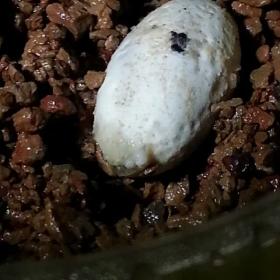Metal725
Member
I bought 2 panther eggs from a breeder in my area. I have been closet incubating and they are between 5 and 6 mo ths old. I noticed a couple days ago it shrank and dimpled and let out a clear, sticky liquid. Its been 3 days now and I can see the tip of what im assuming is the face. Its hasnt changed at all since it shrank so my question is, should I cut it open or help it out a bit? Did it burst and isnt ready yet? Im completely new to this so I dont want to do anything drastic or nothing at all and possibly lose the little one. Any help would be greatly appreciated.







